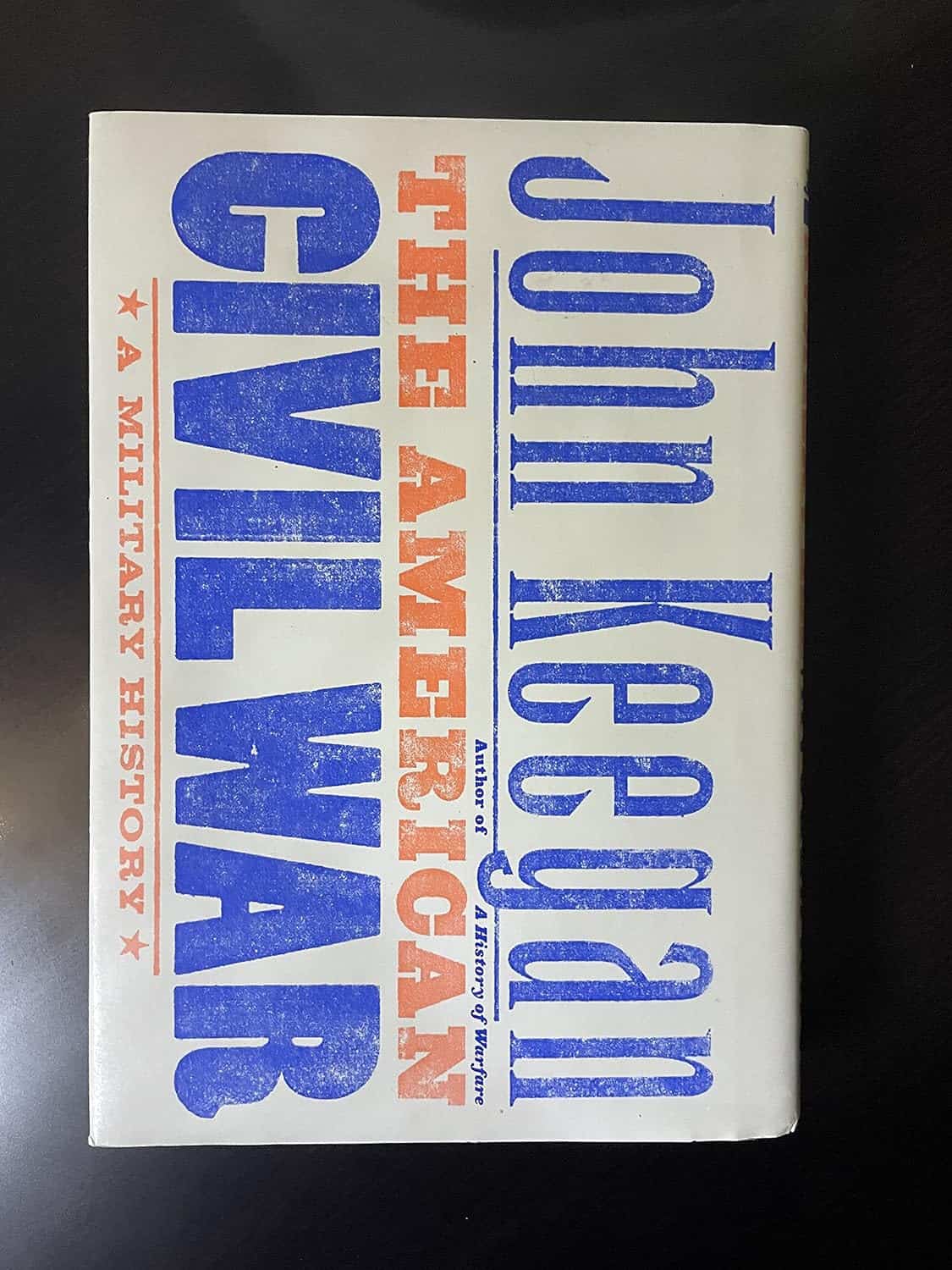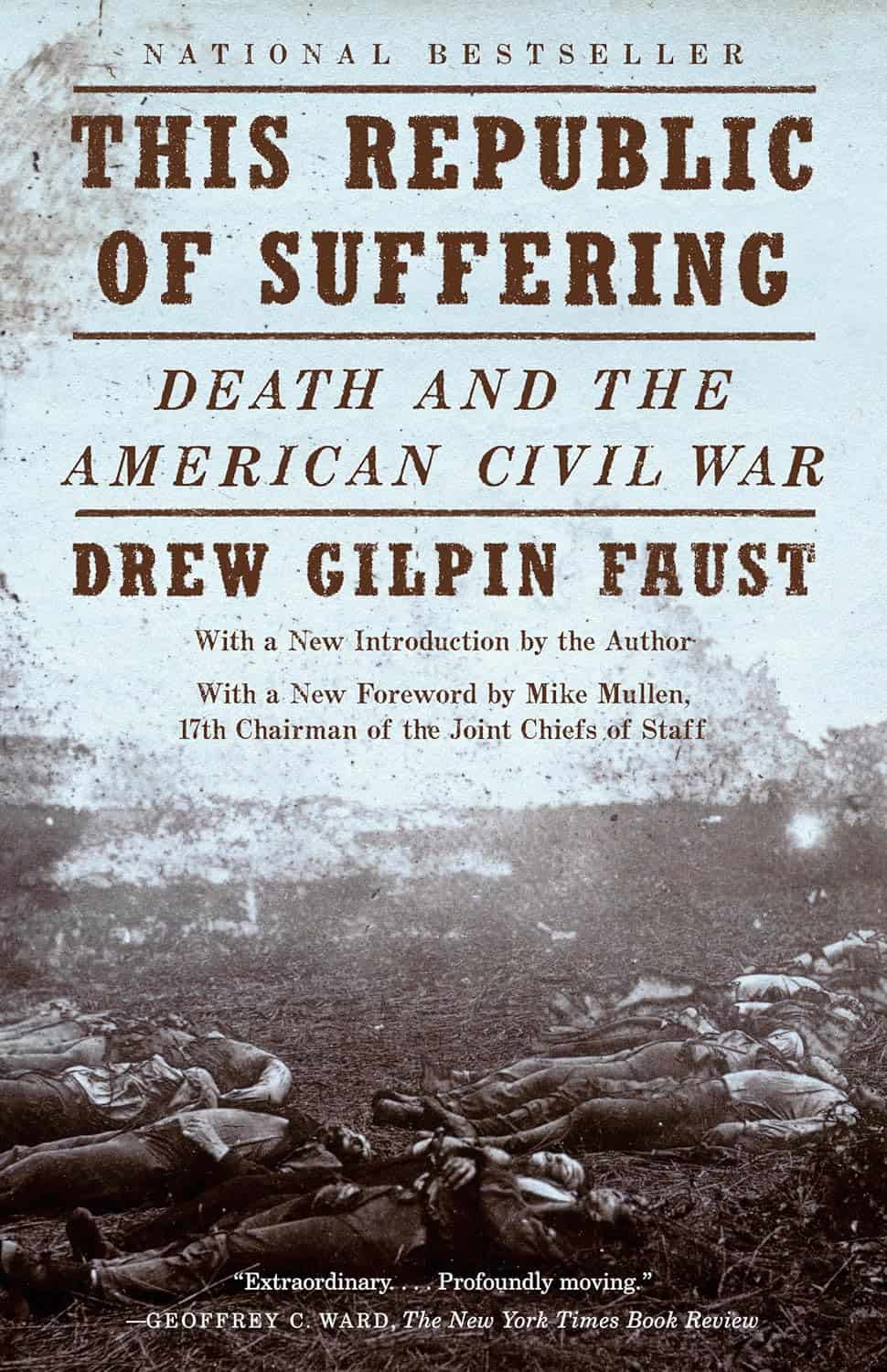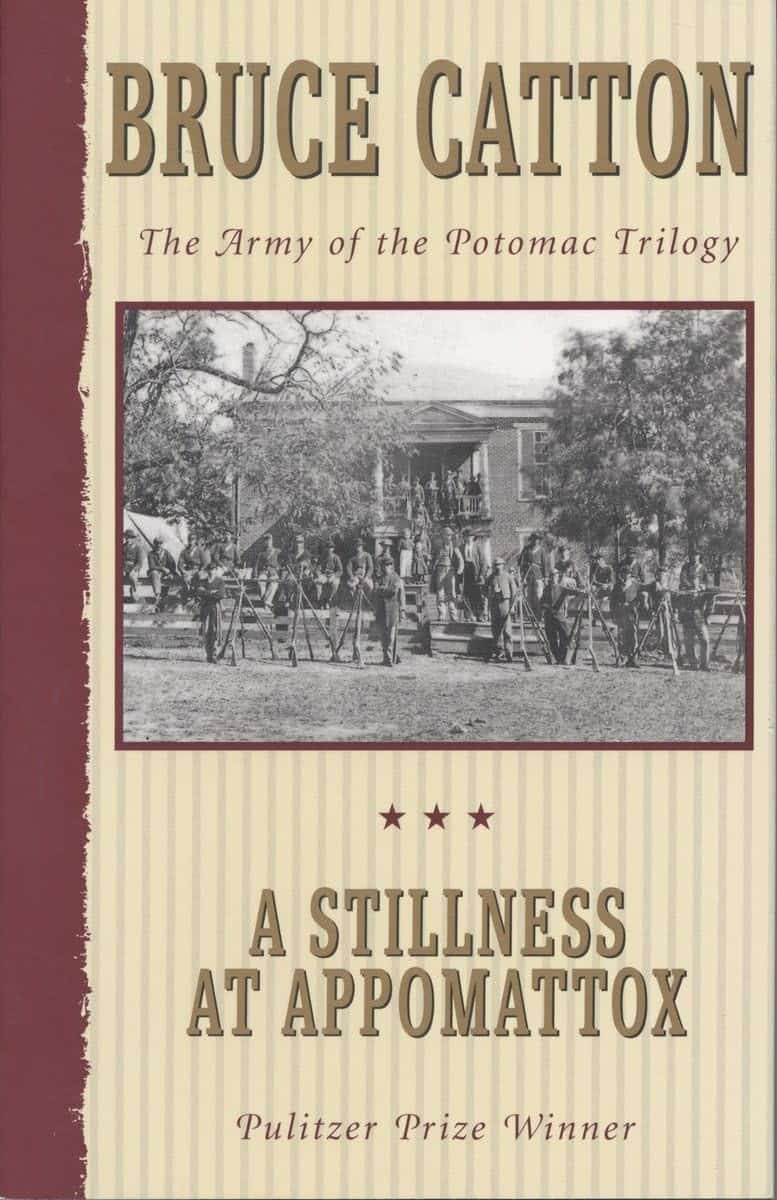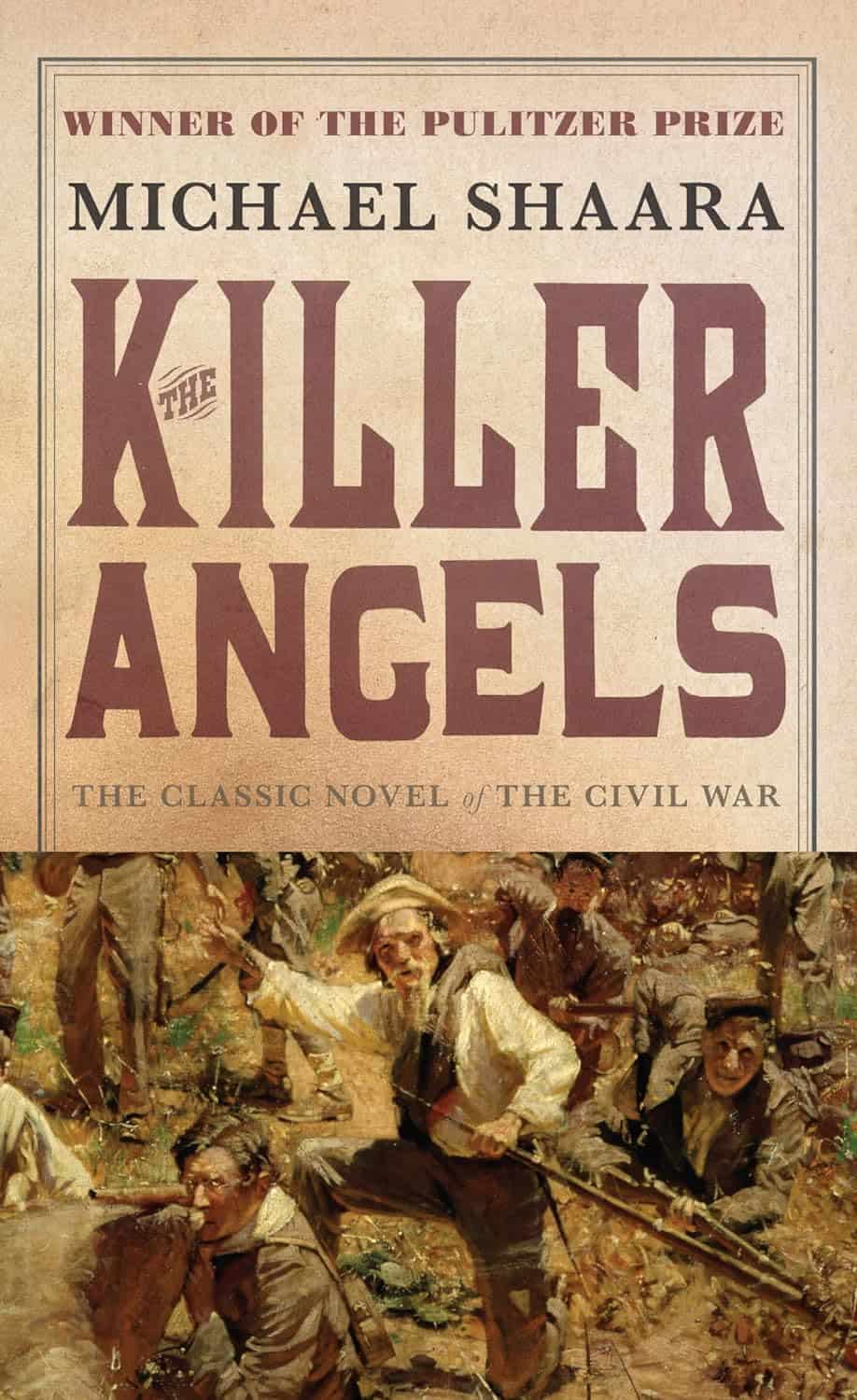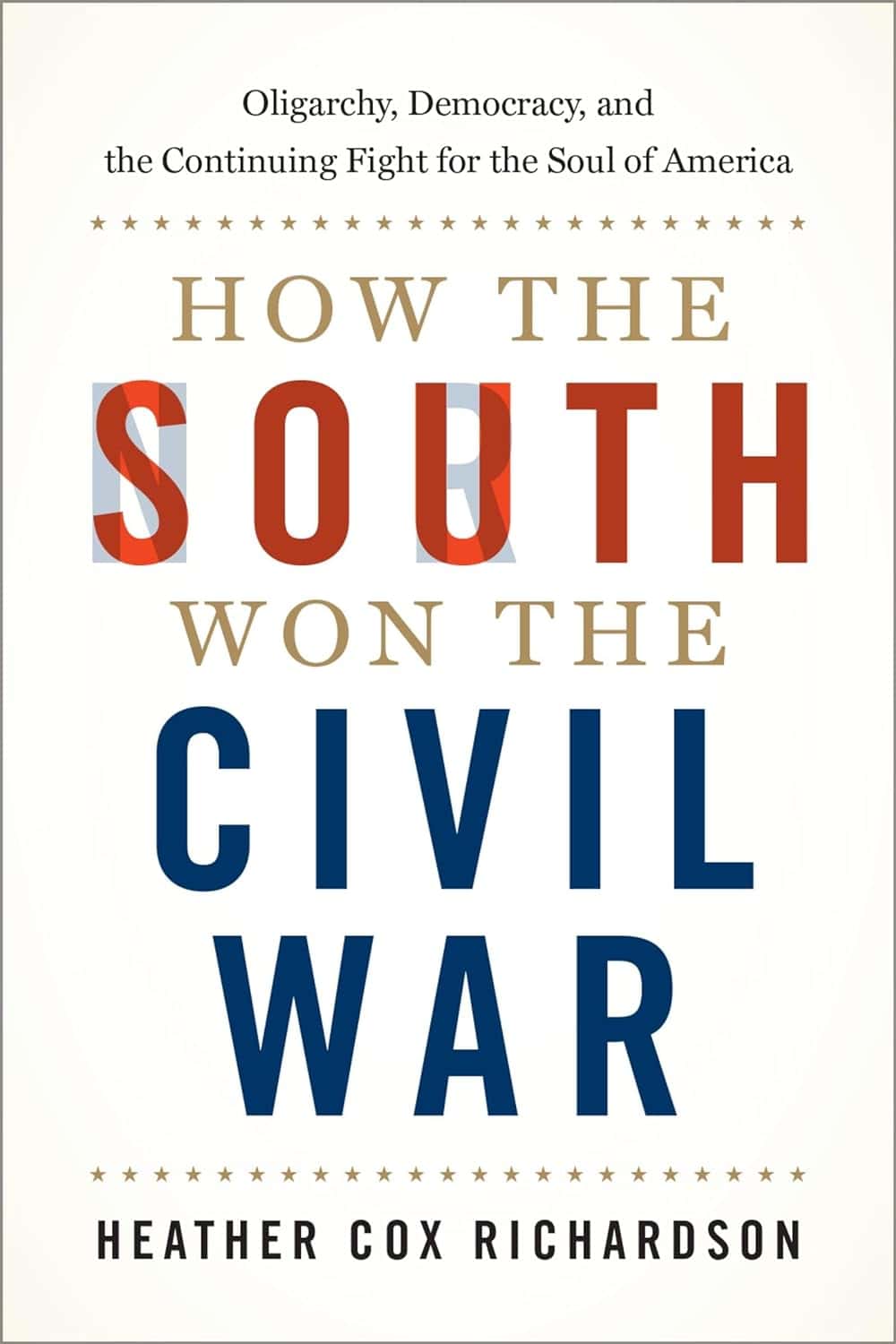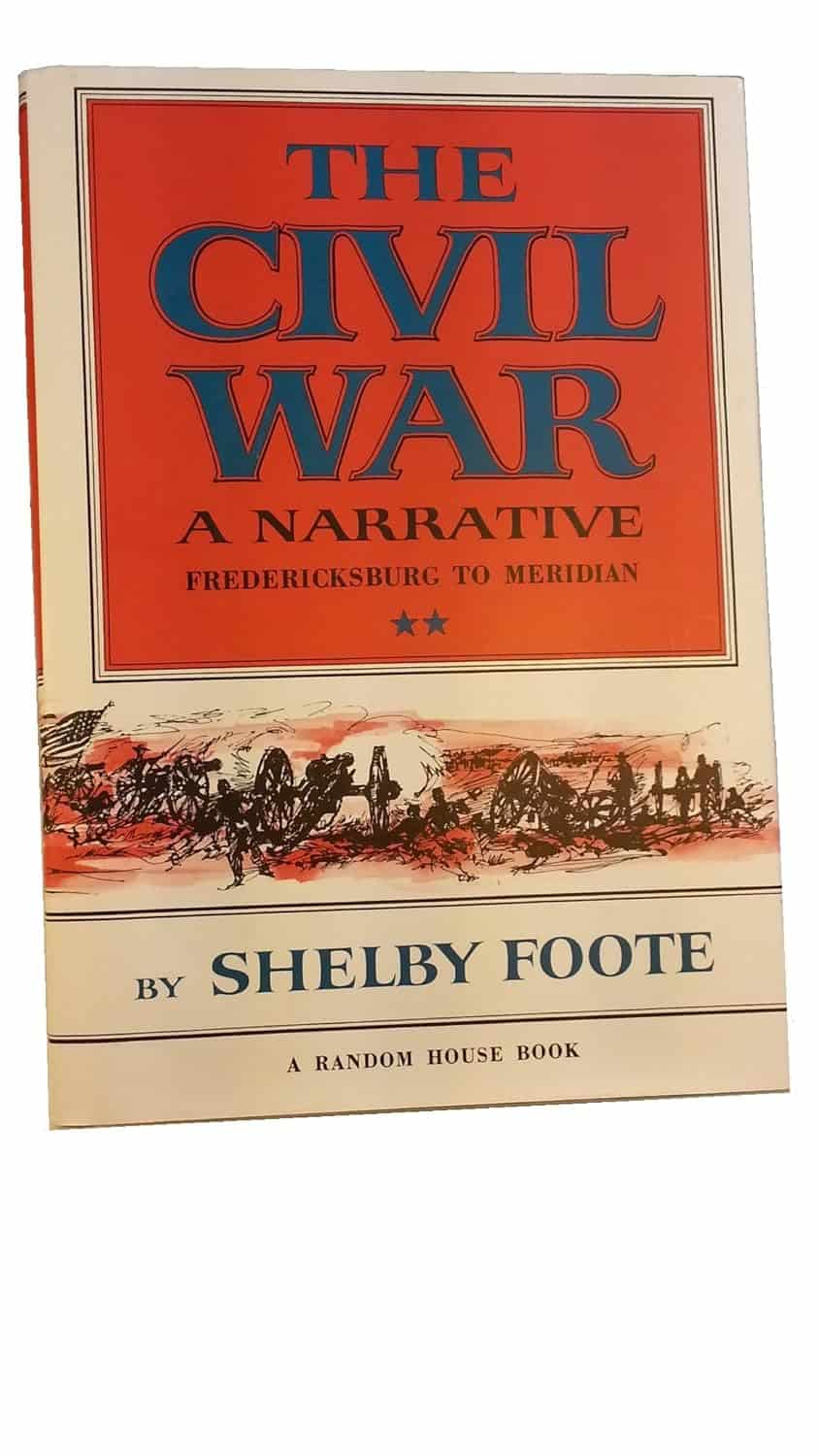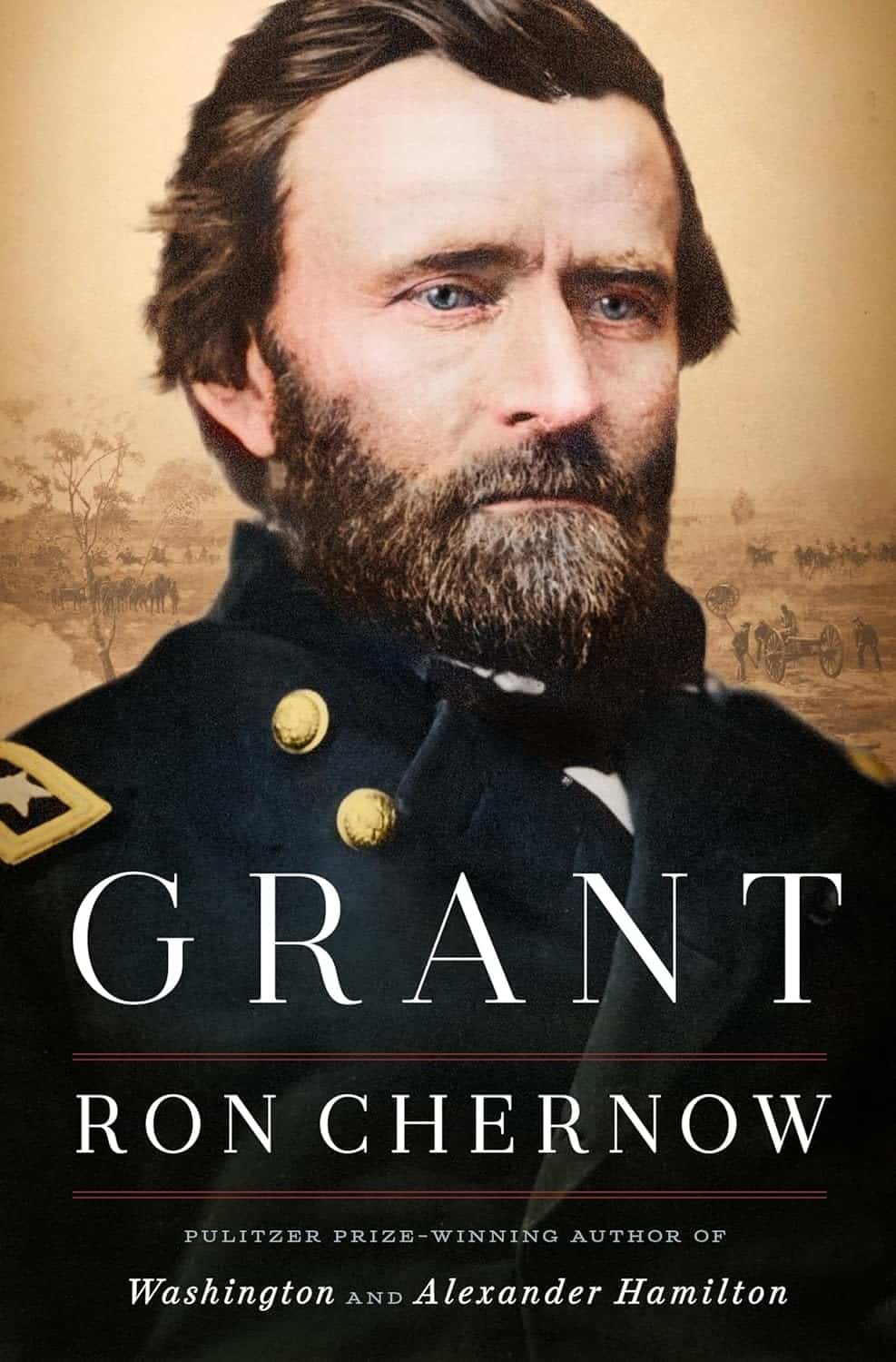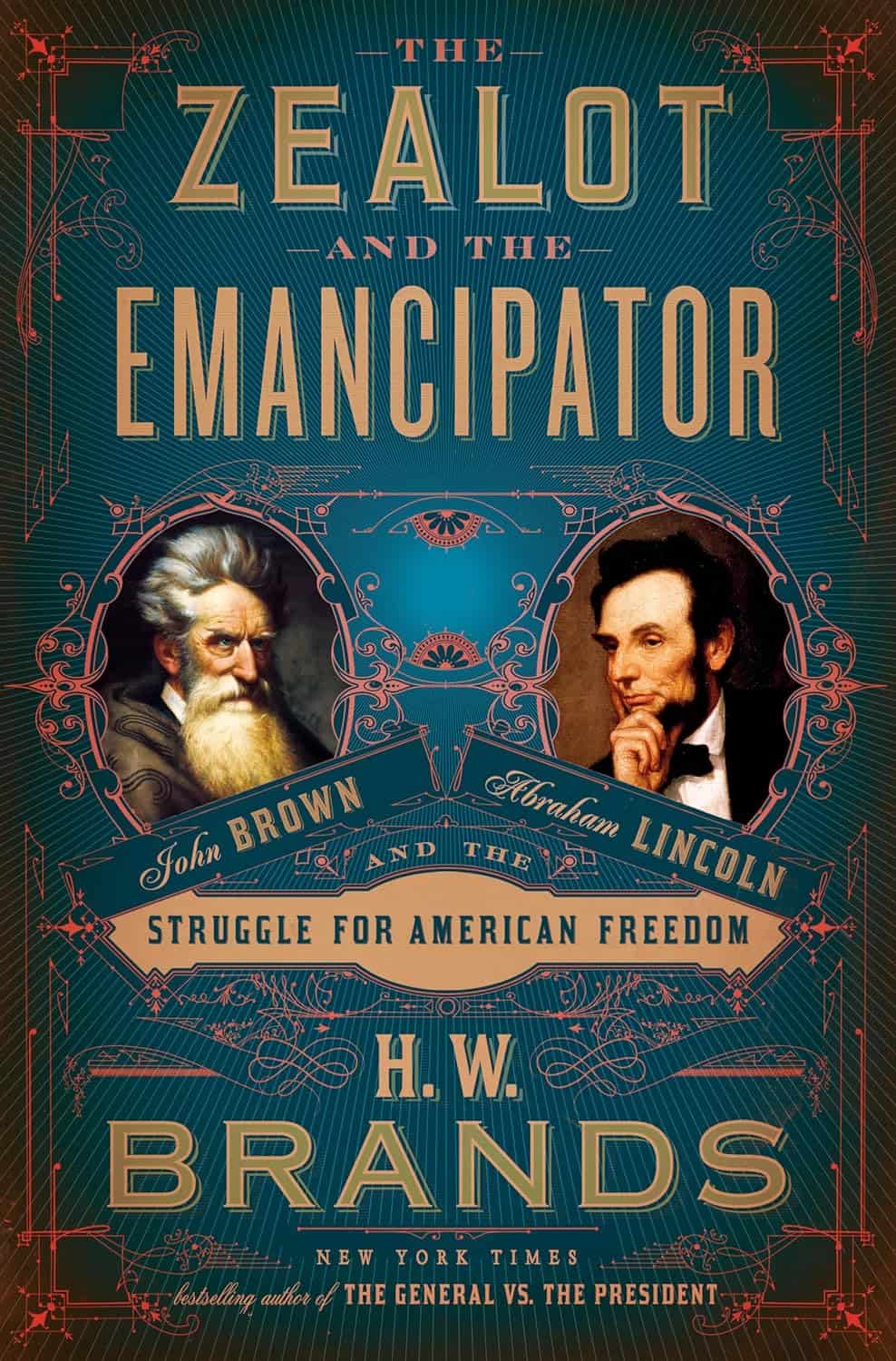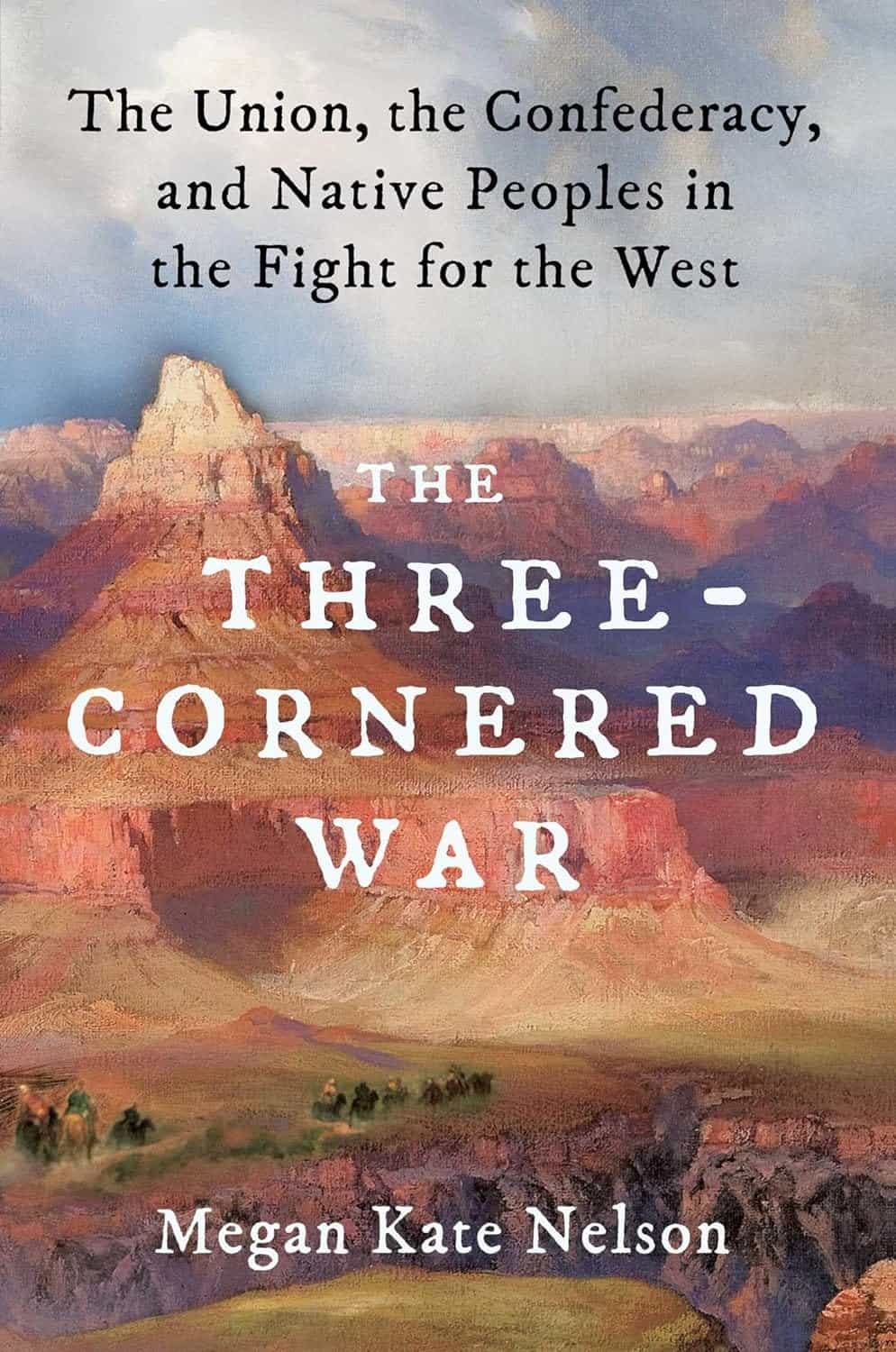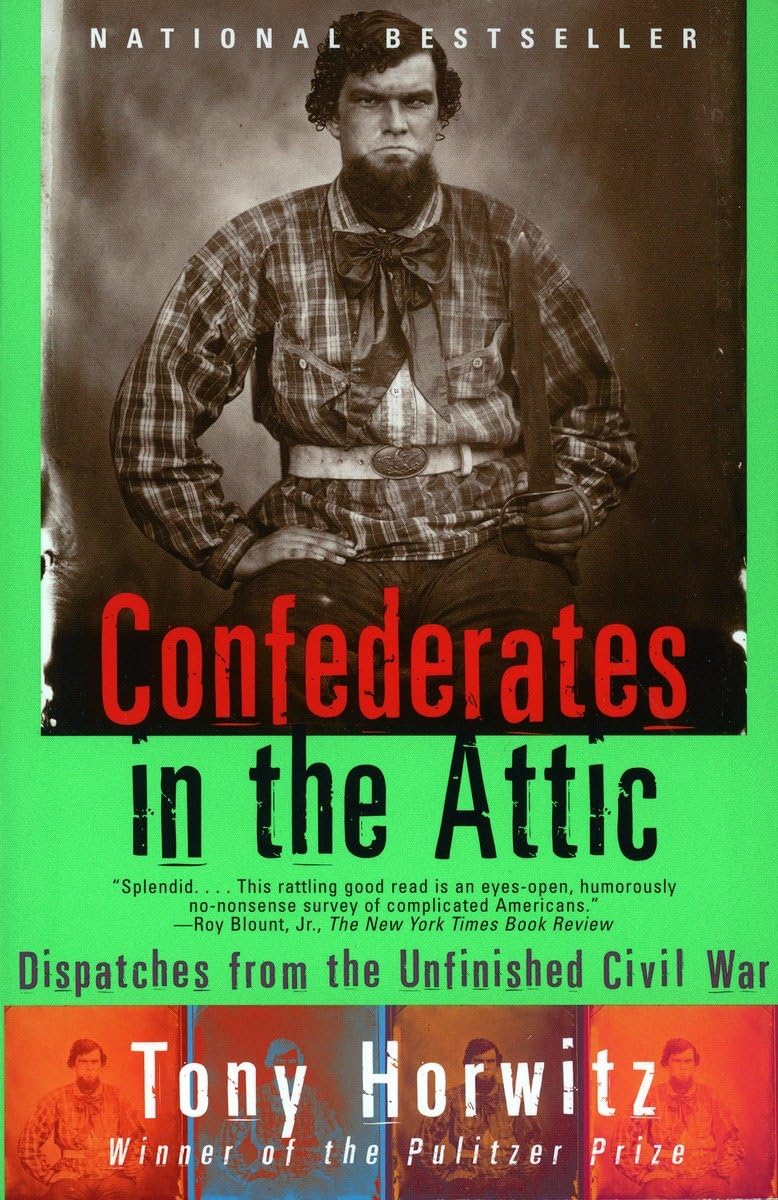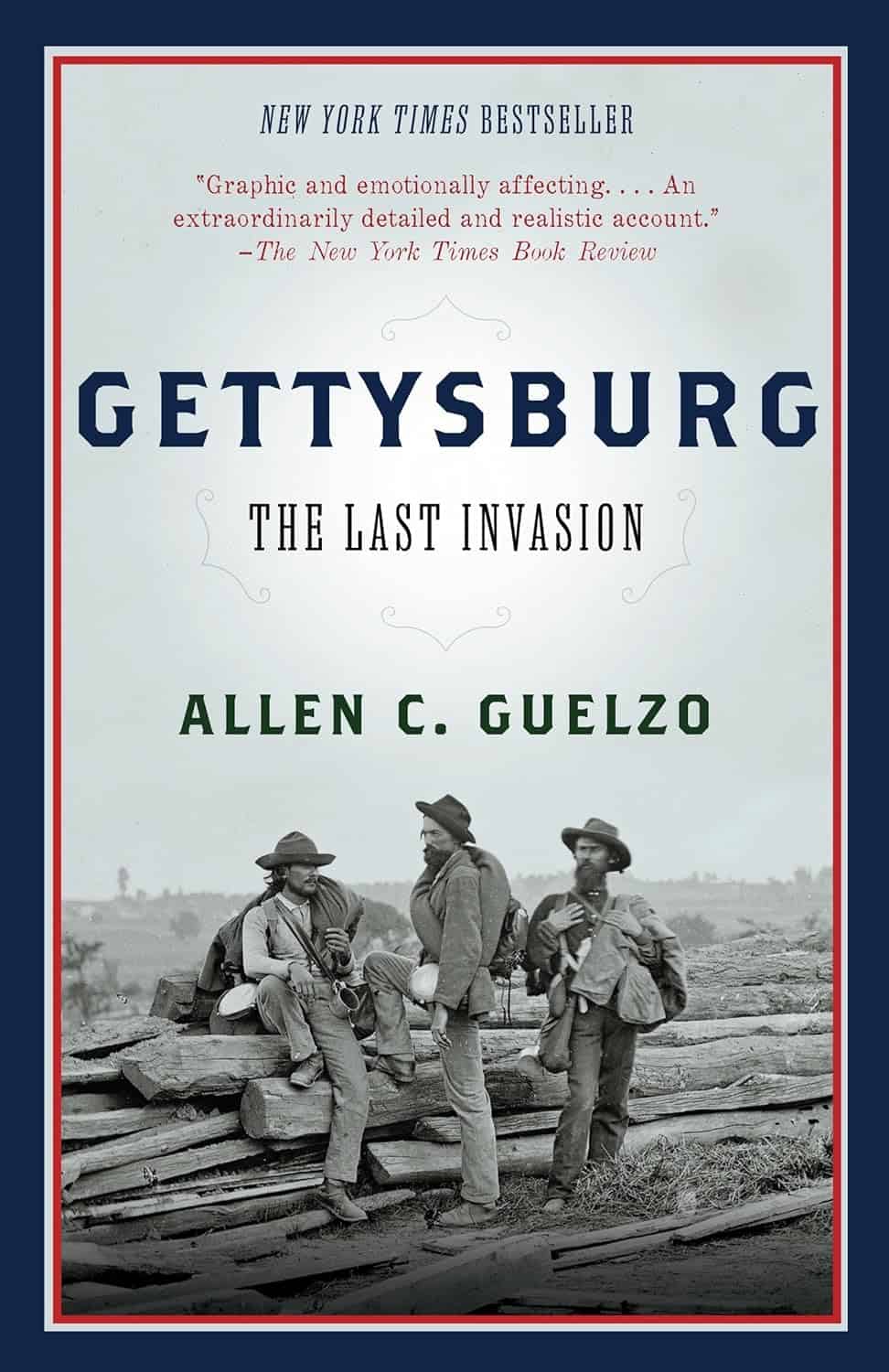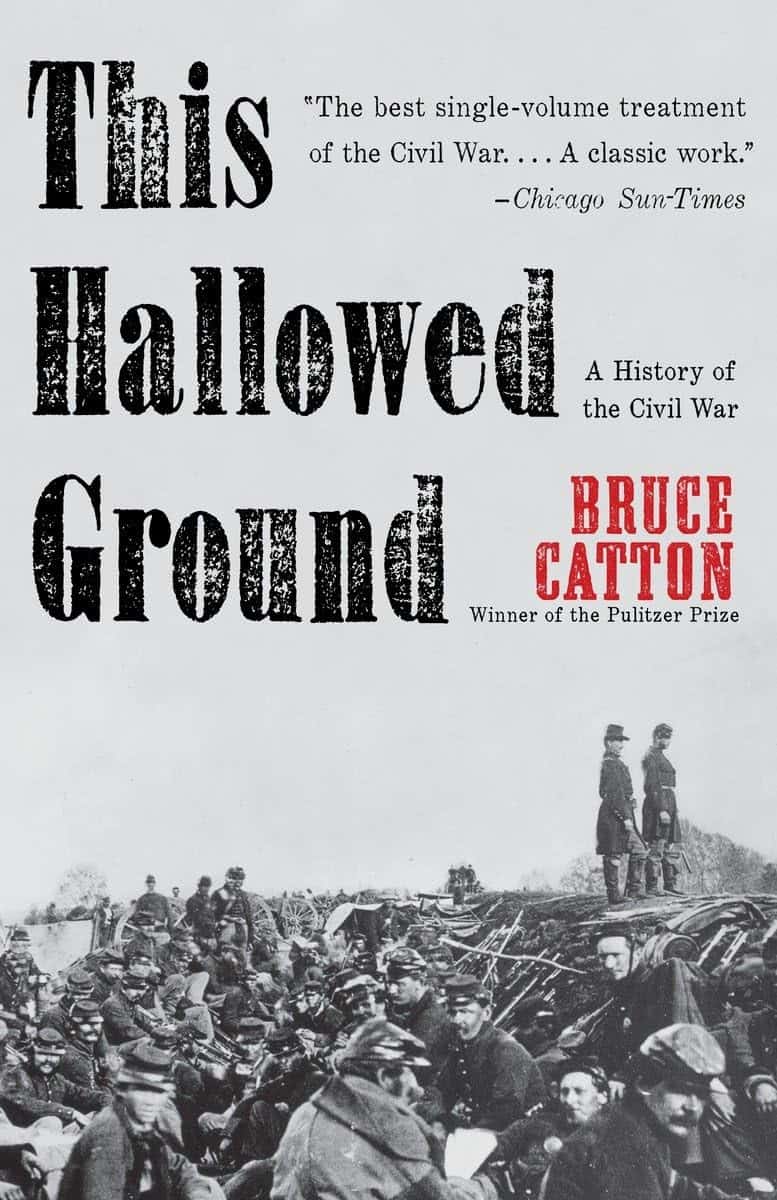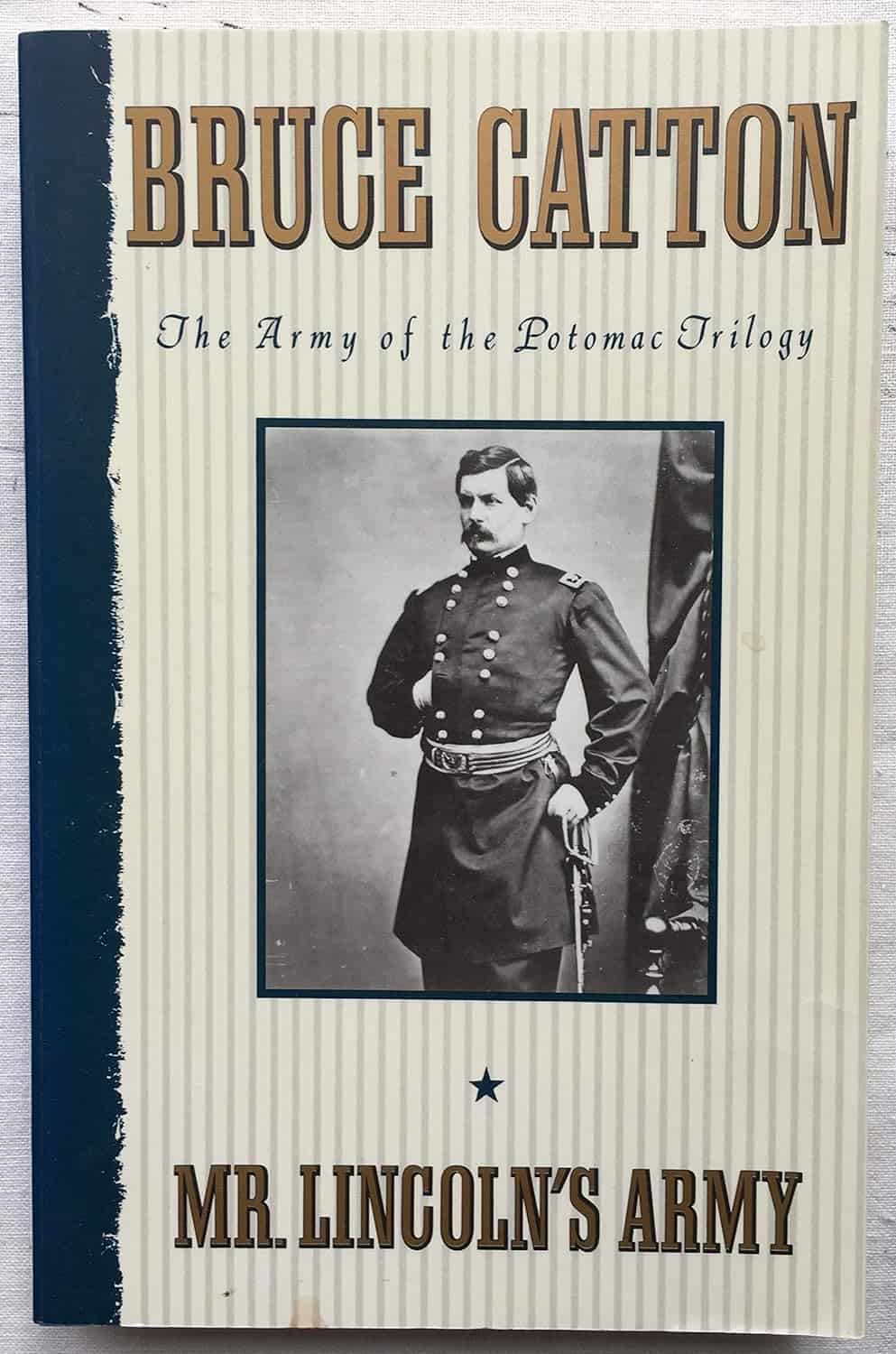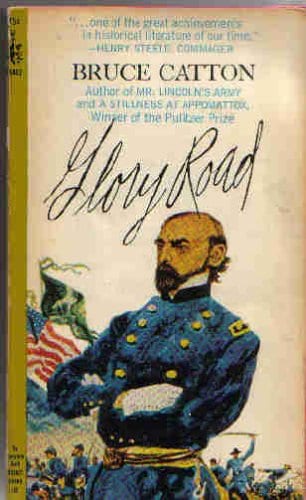Discover the best Civil War books that bring to life the human stories and clash of ideals within the great conflict. These handpicked narratives are deeply engaging, easy to read, and perfect for anyone exploring the era that reshaped America. Get ready to be transported back in time and experience the epic stories of bravery, struggle, and the fight in a pivotal historical moment.
The selection includes renowned works such as “The Killer Angels” by Michael Shaara, “Grant” by Ron Chernow, and “This Republic of Suffering: Death and the American Civil War” by Drew Gilpin Faust. With a concise introduction and brief summaries of each book, readers can easily find the perfect fit for their interests and preferences.
Fort Sumter to Perryville by Shelby Foote
Shelby Foote’s “Fort Sumter to Perryville” is the first part of his three-volume narrative of the American Civil War. The book covers the early years of the conflict, starting with Jefferson Davis’s farewell and ending with the battles of Antietam and Perryville. Foote’s narrative style combines thorough research with storytelling to create a captivating portrayal of the war’s political, diplomatic, and social aspects.
The book’s organization by various battles and events maintains an engaging pace, and its thorough detail provides an accurate and contextual narrative. Foote also explores the war’s emotional side, offering a poignant reading experience. However, the book’s length may intimidate some readers, and extra resources may be required to understand the events and terms. Additionally, the graphic portrayal of war and national division could be distressing for some readers.
Personal Memoirs by Ulysses S. Grant
“Personal Memoirs of Ulysses S. Grant” is a captivating autobiography written by the former President of the United States while he was battling terminal throat cancer and a financial crisis. The memoirs provide insights into his military tactics, key battles, and leadership during the Mexican-American and Civil Wars. Grant’s vivid battle accounts and leadership insights reveal the depth of his strategic thinking.
The book is an essential read for those interested in the Civil War and American leaders’ personal sagas. Grant’s honesty and the book’s creation during his life’s low point add to its uniqueness as a historical and literary treasure.
The memoirs offer a unique look at the Civil War from a pivotal figure’s viewpoint, blending military and political insights drawn from his leadership roles. Mark Twain’s encouragement and editorial input add a literary quality to the memoirs.
However, some readers may struggle with the specialized military and political language used in the book. Descriptions of battles and tactics may not captivate those drawn to the social and cultural sides of history. The memoirs concentrate on Grant’s wartime actions, limiting interest for those wanting a wider historical view.
Grant’s memoirs are a testament to his leadership and military prowess, providing a valuable resource for those interested in the Civil War and the personal experiences of American leaders.
The American Civil War by John Keegan
John Keegan’s “The American Civil War: A Military History” is a comprehensive analysis of the Civil War, focusing on the military aspects of the conflict. Keegan examines the Union and Confederacy’s strengths and weaknesses, highlighting the resilience of under-equipped soldiers.
The book’s in-depth analysis of the war blends military insight with innovative thoughts on the war’s psychological and economic dimensions. Keegan also examines the unique challenges presented by the American terrain and places the Civil War in a wider historical context.
One of the book’s strengths is its emphasis on strategy and geography. It offers an essential perspective on the Civil War and its place in military history, revealing how it reshaped the United States.
Readers interested in American history, military strategy, and the broader implications of warfare will find “The American Civil War” an indispensable read. The book humanizes soldiers’ experiences during historical events and covers battles to leadership, making it a thorough Civil War resource.
However, the book’s geographical analysis may not be novel for Civil War history experts. The format of essays and sketches may not suit readers who prefer a unified, detailed narrative. Additionally, the book’s take on decisive victory strategies may not meet the needs of those seeking in-depth battle details.
This Republic of Suffering: Death and the American Civil War by Drew Gilpin Faust
Drew Gilpin Faust’s “This Republic of Suffering” is a thought-provoking exploration of the impact of death during the American Civil War. The book delves into the unpreparedness of the nation to face the extensive loss of life and how the high death toll challenged America’s cultural and spiritual norms. Faust highlights the harshness of the war, from new destructive combat methods to troubling burial dilemmas.
The book sheds light on the overlooked cost of the Civil War: the deep and lasting anguish it caused. Families suffered, haunted by uncertainty over the fate of their kin, while civilians battled starvation and disease. The narrative shows how the culture had to adapt in many ways due to the widespread fatalities of the war, offering a crucial perspective on the conflict’s lasting scars on the nation.
The book’s chapters, each with a unique title, explore various aspects of death’s role in the war. It deeply explores the significant impact of the Civil War’s high death toll. However, the book’s scholarly depth may daunt general readers seeking a lighter history. Additionally, it may oversimplify Northern and Southern war experiences into broad generalizations. Faust relies on sources from well-spoken individuals, possibly missing less-documented perspectives.
A Stillness at Appomattox by Bruce Catton
A Stillness at Appomattox is a nonfiction book written by Bruce Catton, focusing on the Union’s definitive victories that led to the Confederate surrender during the Civil War. The book is the final installment of Catton’s Civil War trilogy and highlights General Grant’s 1864 campaign, as well as the strategies and leaders, such as Sheridan and Meade, that contributed to the Union’s triumph.
The book vividly depicts the harsh realities of war through the experiences of Union soldiers in battles such as the Wilderness and Spotsylvania. It reveals the grueling nature of prolonged combat and deadly tactics. The book’s use of first-hand accounts vividly portrays the soldier’s experience during the war, combining thorough military analysis with powerful storytelling.
A Stillness at Appomattox is essential for Civil War enthusiasts, as it emphasizes both military strategies and the personal struggles of the soldiers. Known for its engaging storytelling, the book makes Civil War history accessible to many. However, the portrayal of soldiers’ struggles may be emotionally intense, and the narrative demands time and focus due to its depth and detail.
It is worth noting that the book primarily discusses the Union’s Army of the Potomac, with limited Confederate perspectives. Nonetheless, Catton’s work vividly illustrates the human aspect of war, making it a book that should not be missed.
The book ends with a quote that summarizes the beginning and the end of the war, “The end of the war was like the beginning, with the army marching down the open road under the spring sky, seeing a far light on the horizon.”
Fields of Honor: Pivotal Battles of the Civil War by Edwin C. Bearss
“Fields of Honor: Pivotal Battles of the Civil War” is a nonfiction book that captures the essence of the Civil War’s most significant battles, including Antietam, Shiloh, and Gettysburg. The book is known for its detailed maps and archival images, which help readers visualize the battles and understand their significance.
Edwin C. Bearss’ storytelling is exceptional, making the conflict’s drama, excitement, and tragedy palpable. The book’s mix of human interest and historical detail makes it an engaging read for both Civil War buffs and newcomers to the subject.
The book’s style is accessible to historians and casual readers alike, providing informative and engaging content. The detailed maps and images make battles easy to comprehend, allowing readers to immerse themselves in the Civil War’s landmark battles.
However, the book’s focus on key battles may overlook the war’s wider contexts, and specialized military terms may confuse those new to Civil War history. Additionally, the book’s event portrayal could show bias, affecting how various readers receive it.
The Civil War by Geoffrey C. Ward, Ken Burns, and Ric Burns
“The Civil War: An Illustrated History” is a nonfiction book that explores the American Civil War. It was coordinated with the PBS series of the same name and offers a captivating visual narrative of the conflict that reshaped the United States.
The book combines the accounts of major figures such as Lincoln, Davis, Lee, and Grant, and key events like Gettysburg and Sherman’s March to deepen the understanding of the era. It features over 500 illustrations, including photographs, paintings, and maps, many of which were published for the first time, providing vivid imagery to complement the text. These visuals enrich the detailed storytelling, making the history tangible.
The book also includes essays from leading historians and dialogues, including one between Shelby Foote and Ken Burns, making it a comprehensive treasure resource of insights on the Civil War, indispensable for students and history enthusiasts alike.
Readers might love Matthew Brady’s photos, which provide a vivid glimpse into the war’s impact. The book offers an intimate look at the experiences of soldiers and civilians alike. It spans the Civil War, detailing battles, leaders, and major events across different fronts.
However, fans of the PBS series might find the book less engaging or duplicative. The book’s broad geographic range may deter readers with regional interests. Its emphasis on figures like Lincoln and Davis may neglect lesser-known individuals’ stories.
The Killer Angels by Michael Shaara
“The Killer Angels” is a historical fiction novel written by Michael Shaara, which focuses on the Battle of Gettysburg during the American Civil War. The book highlights the experiences of both Confederate General Robert E. Lee and Union Colonel Joshua Chamberlain, as well as their respective soldiers.
The story begins with a Confederate spy discovering the location of the Union army, which leads to the significant battle in Gettysburg. The novel provides a realistic and vivid description of the fight for Little Round Top, where Chamberlain’s men make a daring move.
The narrative is known for its literary quality, which earned the novel a Pulitzer Prize. It offers a well-rounded understanding of both Confederate and Union perspectives, allowing readers to empathize with the characters and their motives.
However, some readers may find the novel’s depiction of slavery and the North’s position as oversimplified. Additionally, the war scenes and strategies may appear romanticized, which glosses over the brutal truths of combat. Moreover, the Confederate depiction in the novel does not align with the historical consensus, likely shaped by the author’s views.
How the South Won the Civil War
In “How the South Won the Civil War” by Heather Cox Richardson, the author argues that the principles and racial hierarchy of the South persisted even after the Civil War. Richardson contends that the equality Reconstruction aimed to achieve was thwarted by Western migration and policy decisions that cemented the influence of white men in the South and West, defying constitutional efforts for equal rights and questioning the authenticity of American freedom and democracy.
Richardson connects historical patterns to modern politics, showing how “Movement Conservatives” upheld Confederate beliefs, casting a shadow on America’s adherence to democratic values. The author’s background as a historian and liberal thinker provides an informed, nuanced take on the past.
The book addresses Reconstruction and the rise of white supremacy, illuminating this complex time. Richardson examines American archetypes like the lone hero, showing how they can mask complicated histories.
However, the book questions American myths like the self-reliant hero, which could be unsettling for some readers. Richardson also traces modern conservatism to the Old South, a link that some might find contentious. Additionally, the spread of Southern beliefs to the West affected Native Americans and Chinese immigrants, which could be challenging for some readers.
Fredericksburg to Meridian by Shelby Foote
“Fredericksburg to Meridian” is a historical nonfiction book by American author Shelby Foote. It is the second volume of his Civil War trilogy, covering significant events that took place between 1862-63. The book is an exhaustive account of the Union’s defeat at the Battle of Fredericksburg, the failure at Chancellorsville, and the loss of Confederate leader Stonewall Jackson.
The book highlights Ulysses S. Grant’s successful Vicksburg Campaign in the Western Theater. It then shifts focus to the Battle of Gettysburg, providing a day-by-day account of the strategies and blunders that led to a significant Union victory.
The book captures the human side of warfare from generals to foot soldiers and offers a deep dive into pivotal battles and their impact on the war’s outcome, painting a comprehensive picture of a critical period in American history.
Foote’s writing style is engaging and accessible, making complex history readable for Civil War enthusiasts. The book features maps that visualize the battles’ and campaigns’ geography, which helps readers understand the military movements.
The narrative’s detail is a strength, but it may be lengthy for some readers. The story primarily focuses on military perspectives, possibly overlooking civilian wartime experiences. It chronologically details daily military movements, which may not appeal to those who prefer diverse storytelling.
Grant by Ron Chernow
“Grant” by Ron Chernow is a nonfiction biography that delves into the life of Ulysses S. Grant, a renowned general and President. The book is categorized under the genres of history, biography, nonfiction, civil war, presidents, and politics.
The book covers Grant’s early life, his role in the Civil War, and his presidency. It portrays Grant as more than just a general who won battles because he had a large army or a President with problems. The book also highlights Grant’s struggles with alcoholism and how he worked hard as President to help people who were freed from slavery.
What sets “Grant” apart is its honest portrayal of Grant’s life, showcasing his heroism and humanity, including his mistakes. The book is not just another historical account, but a story about grit, failure, and redemption that anyone can relate to.
One of the book’s strengths is its depiction of Grant’s sharp intellect, humor, and storytelling ability. It also showcases his intellectual prowess as a leading military strategist, pitting him against Confederate enemies.
Chernow’s biography also spotlights Grant’s work in civil rights, emphasizing his push to incorporate African Americans into post-Civil War society. However, the book’s portrayal of Grant as both naive and skilled may confuse readers.
Additionally, the book often repeats content, particularly regarding Grant’s presidency scandals. The treatment of Grant’s role in African-American history doesn’t fully capture the era’s complexity.
The Zealot and the Emancipator by H. W. Brands
In “The Zealot and the Emancipator” by H.W. Brands, readers are presented with a dual biography that explores the lives and beliefs of two of the most significant figures in American history: John Brown and Abraham Lincoln. The book provides a comprehensive account of how these two men fought against slavery in their own ways, with Brown using violence and Lincoln using politics and law.
One of the strengths of the book is its ability to reveal lesser-known facets of Lincoln and Brown’s lives. The narrative sheds light on the political and social trials of Lincoln’s tumultuous presidency, while also exploring the moral dilemmas of abolition and each man’s struggle with them.
However, some readers may find that the book’s emphasis on abolition sidelines other important Civil War topics. Additionally, Brands’ views on historical events involving Lincoln and Brown may differ from some readers’ beliefs, potentially contrasting with Lincoln’s moral leader image.
The Three-Cornered War by Megan Kate Nelson
Megan Kate Nelson’s “The Three-Cornered War” is a nonfiction history book that offers a unique perspective on the Civil War by highlighting the experiences of Yankee and Rebel soldiers, as well as Native American tribes, in a “three-cornered war.” The book focuses on Confederate Brig. Gen. Henry Hopkins Sibley’s invasion of New Mexico Territory and the Civil War-era campaigns against the Apaches and Navajos.
The book’s approach to Civil War history is fresh and unique, especially in examining the lesser-known southwestern theater of the war. It offers a well-rounded view by considering Union, Confederate, Mexican, and Indigenous perspectives on the war’s effects.
Readers who enjoy novel-like history books will appreciate the narrative’s swift, suspenseful pace. The book’s blend of cultural, borderland, and environmental threads of Civil War history attracts diverse interest.
However, some readers may find the book overstates the West’s role in the war due to the limited battles covered. Additionally, the Southwestern focus might not captivate those interested in the war’s Eastern theater. The book might leave readers seeking more about African Americans’ roles in the West unsatisfied.
Confederates in the Attic by Tony Horwitz
In “Confederates in the Attic,” Tony Horwitz explores the lasting impact of the Civil War on Southern culture and society. Through his travels across the South, Horwitz meets with Civil War reenactors and locals to uncover how the war still affects the region today.
One of the unique aspects of this book is its blend of ethnography and travel narrative. Horwitz delves into themes like nostalgia, heritage, racial tension, and Confederate symbols, providing a deep look into Southern life and history.
Each chapter is set in a different Southern state, revealing how each place uniquely remembers the war. The inclusion of personal stories from reenactors and others brings history to life and adds richness to the discussion.
While the book provides insights into Southern culture and how the Civil War shaped it, its emphasis on personal stories may not attract fans of traditional historical writing. Additionally, the focus on reenactments and memorabilia may not engage those seeking straightforward history.
Gettysburg by Allen Guelzo
Gettysburg, a nonfiction book by Allen Guelzo, explores the Civil War’s crucial Battle of Gettysburg, which had a decisive role in shaping American history. The book delves into the battle’s strategy and the individual stories within it. Guelzo provides a play-by-play of events, drawing on accounts from both sides to showcase the importance of leadership and morale.
The book captures the environmental toll of the battle and the soldiers’ experiences, focusing on the personal dimensions of war beyond mere tactics and maneuvers. Guelzo’s detailed military analysis and human interest narratives provide a compelling perspective on the Battle of Gettysburg.
Guelzo sheds light on the political underpinnings of key decisions in the battle, clarifying controversies about General Longstreet and Jeb Stuart with a definitive analysis. Engaging anecdotes, like a wounded soldier’s interaction, add a human element to the narrative.
However, the book’s extensive detail might overwhelm readers seeking a general summary. Also, the book focuses on political and ideological aspects, possibly deterring those keen on battle tactics. The author’s views on key figures and events could clash with some readers’ opinions on the Civil War.
This Hallowed Ground by Bruce Catton
This book is a single-volume history of the American Civil War, covering the conflict from its beginnings to Lincoln’s death. Bruce Catton’s engaging style skillfully recounts both the grand events and personal stories of the war. His narrative prowess sets the book apart, drawing comparisons to “War and Peace,” and provides an accessible yet profound perspective for readers at all levels of familiarity with Civil War history.
The book’s strength lies in making history tangible. It combines scholarship with a compelling narrative, bringing the Civil War’s critical moments, figures, and settings to life. “This Hallowed Ground” enriches the reader’s appreciation of this transformative era.
The book features maps for readers keen on the war’s geography and tactics, and humanizes the war by highlighting personal stories from its battles and figures. It demonstrates enduring appeal after fifty years and remains a treasured Civil War account.
However, as an older work, it might lack recent scholarly perspectives on the war, and Catton’s interpretations may not match all readers’ views on the Civil War. The book’s emphasis on military actions may not suit those seeking a wider social or political context.
Mr. Lincoln’s Army by Bruce Catton
Bruce Catton’s “Mr. Lincoln’s Army” is a nonfiction book that delves into the early years of the Civil War, with a focus on the Army of the Potomac led by General George B. McClellan. The book captures the daily lives of soldiers and key leaders, providing a layered understanding of the period.
The book’s narrative style is complex, weaving together individual soldier experiences with the larger backdrop of the war. This approach may not resonate with fans of direct storytelling. Additionally, the book’s thorough research results in a longer read, possibly unsuitable for those seeking a brief Civil War summary.
However, for those interested in the Army of the Potomac’s early actions and the Civil War’s complex dynamics, “Mr. Lincoln’s Army” is a key read. It provides new perspectives on well-known events and explores the Emancipation Proclamation’s political and moral impact. The narrative also focuses on General McClellan’s promising start and subsequent decline.
Glory Road by Bruce Catton
Glory Road is a nonfiction book written by Bruce Catton, chronicling the American Civil War from autumn 1862 to summer 1863. The book covers pivotal battles such as Fredericksburg and Gettysburg, portraying this stretch as a crucial turning point.
The author examines the inner workings of the Army of the Potomac, detailing the effects of leadership shifts and key military confrontations. Personal accounts of soldiers supplement the battle narratives, offering a layered depiction of the era. Catton’s work is notable for its detailed integration of military action, politics, and societal impact, enriching readers’ understanding of the conflict.
The book’s clear structure makes complex events easier to follow, enhancing the learning experience. Readers interested in military tactics will appreciate the thorough analysis of the Army of the Potomac’s maneuvers. Additionally, the book provides insights into leaders’ challenges and decisions, including lesser-known figures in the Union Army.
However, its focus on regional army differences may not suit those preferring a direct story. The chronological structure may slow the pace, especially during in-depth military discussions. The emphasis on generals and tactics may not appeal to readers interested in ordinary soldiers or civilian life.
In summary, Glory Road is essential for anyone interested in the Civil War’s complexity and the human stories within that period. The book offers a well-rounded and detailed depiction of the era, making it a valuable addition to any history enthusiast’s library.
Imperfect Union by Steve Inskeep
In “Imperfect Union,” Steve Inskeep explores the lives of John and Jessie Frémont, a couple who played a significant role in America’s westward expansion. The book delves into their journey, which mirrors the challenges and aspirations of a young American.
Inskeep highlights John’s role as a mapmaker and his iconic depiction of the Golden Gate, while Jessie emerges as a formidable presence who challenges gender roles and shapes her husband’s success. The Frémonts’ story is interwoven with America’s development, influencing critical issues like westward settlement, civil rights, and abolitionism.
Inskeep situates the Frémonts amid pivotal issues like the westward movement, women’s rights, and anti-slavery. However, some readers may find Inskeep’s treatment of race and gender insufficient for those wanting deeper analysis. Additionally, the book’s emphasis on historical celebrity may not captivate those after a direct historical account.
John Frémont’s portrayal as brave yet vain and self-defeating might evoke mixed reactions towards his character. However, the book offers a compelling look at how one couple’s journey mirrored the challenges and aspirations of their country’s journey.
Summary
The best civil war books offer a detailed and nuanced understanding of the conflict that shaped the United States. These books provide readers with a comprehensive view of the causes, events, and aftermath of the war. T
hey explore the political, social, and economic factors that led to the conflict and the impact it had on American society. Some of the best civil war books include “The Civil War: A Narrative” by Shelby Foote, “Battle Cry of Freedom” by James McPherson, and “The Guns of August” by Barbara Tuchman. These books provide readers with a deep understanding of the Civil War and its significance in American history.


